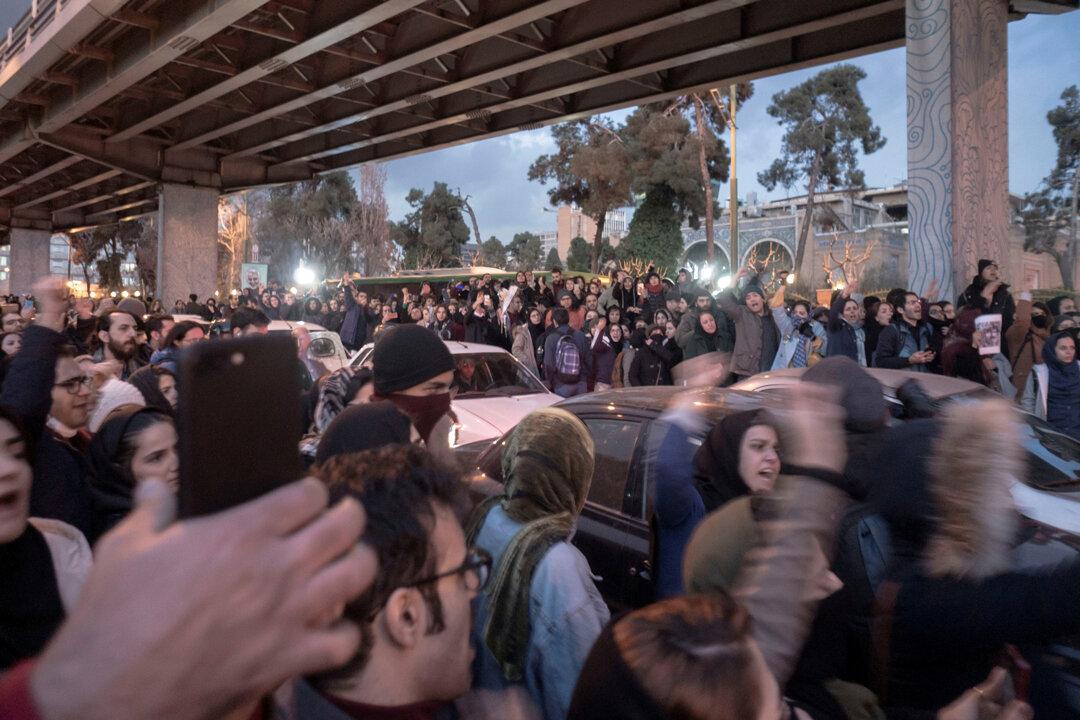Protests in Iran that began after the country’s military shot down a Ukrainian passenger jet, killing all 176 people on board, are unique in that they are opposing the main institutions that constitute Iran’s Islamic regime, experts say.
Pierre Pahlavi, an expert on Iranian foreign policy, told The Epoch Times that the widespread protests that started on Jan. 11—mostly on university campuses across Iran—are unlike other protests the country has seen in recent years because they are targeting the supreme leadership and the military.





